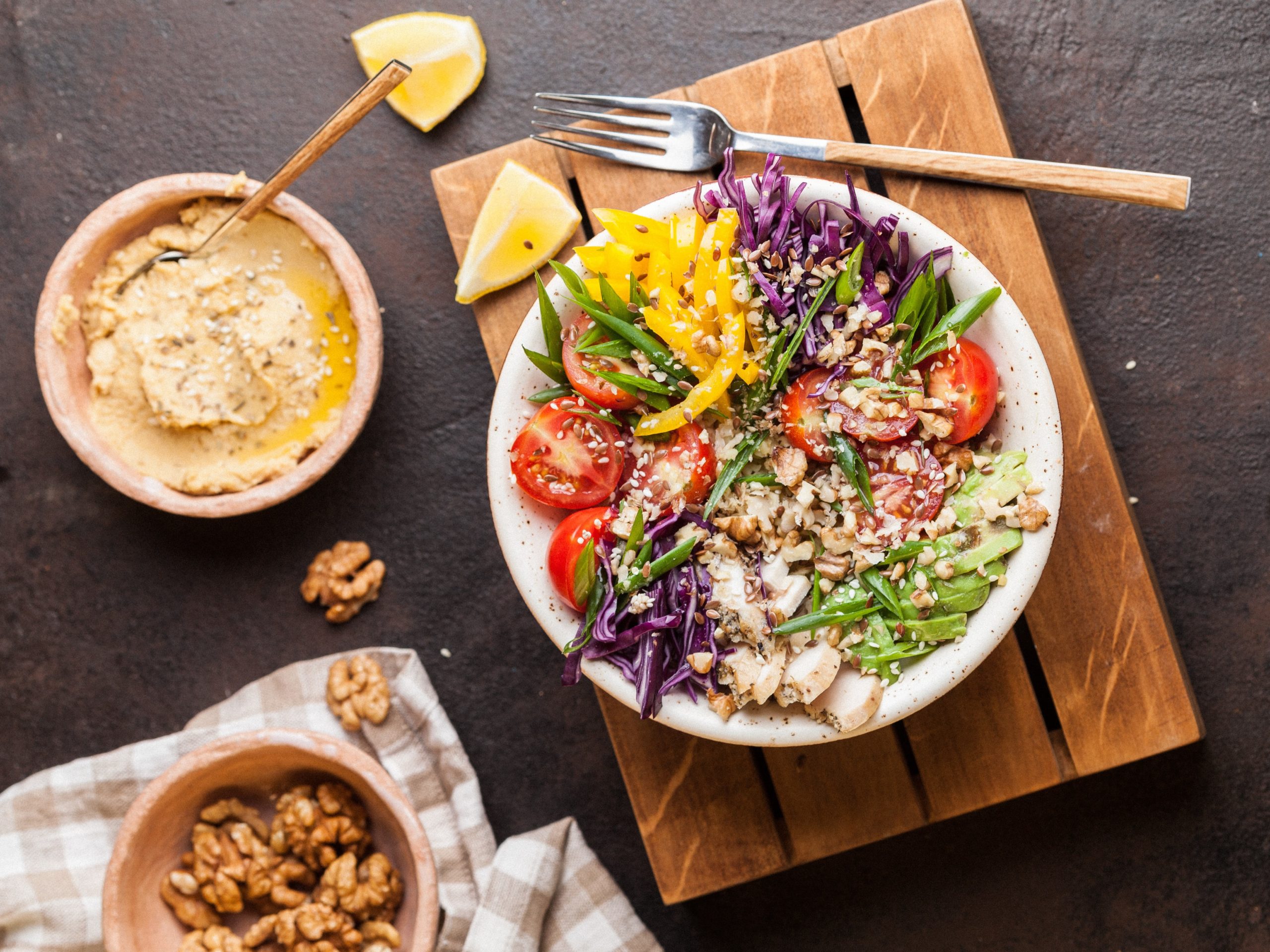
I love what we do. I love that our team gets to grow, source, and deliver health. I love that everything we deliver is better for your heath and better for the environment. For the last twenty years we have been offering nutrient rich fruits and vegetables to families like you every single week. That is a long run! Many of you reading this newsletter have been a customer for a decade or more and more than a few of you have been customers from the beginning since 1998.
For us, doing business is more akin to serving our neighbors. We want everyone to eat healthy and be healthy. We want each of you to have access to the freshest and healthiest foods to nourish your body and provide energy to accomplish everything on your to do list – everyday!
I firmly believe that health and health care start at the farm and our forks. When we choose a diet rich in organic fruits and vegetables, our bodies tend towards a normal weight as does our A1C, lipid panels and blood pressure. We also introduce a lot of antioxidants into our bodies that just love to tie up damaging free radicals.
The other day I saw this ad in the Everett Herald – “Ready to Get Healthy”. There was a picture of a smiling obese person. The sub text said, “Sign up to attend a free seminar on Bariatric surgery.” To be perfectly clear, Bariatric surgeries can work, but so can sewing your jaw shut! Our stomachs are about 1 liter in size. That is not very big and to go through an intense and invasive surgery to limit our ability to overeat seems extreme.
I think it would be better for insurance companies to invest the thousands of dollars that this surgery costs and spend it on a one month stay at a health clinic where a person could get educated about a healthy diet, be fed a healthy, primarily plant-based diet and given an appropriate exercise regime – all monitored. The same money would produce better, less intrusive results and would impact other people in the immediate family and circle of friends.
Of course, the FDA and USDA could just require purveyors of junk food to pay for the medical bills out of their obscene profits instead of expecting the taxpayers or insurance companies to pay for the medical costs as they use their profits to sicken more. Or, the USDA and FDA could just ban known junk food that is contributing to the health crisis, but don’t hold your breath for these changes.
Unfortunately, legislating health is not likely, but we get to choose health one bite at a time, 3x’s a day. Even having just one salad a day can have immense health benefits.
I also want to share that is both hard to eat healthy and easy to eat healthy. So, where ever you find yourself on the continuum of eating healthy or being healthy, that is where you are. You can’t change that.
You can’t go backward, only forward. So today, tonight, pick up that fork and make a healthy choice and another and another.
The culmination of all of us saying yes to healthy food will have a powerful impact on our personal health, our family’s health and eventually our Nation’s health.
Tristan Klesick
Your Farmer and Health Advocate

